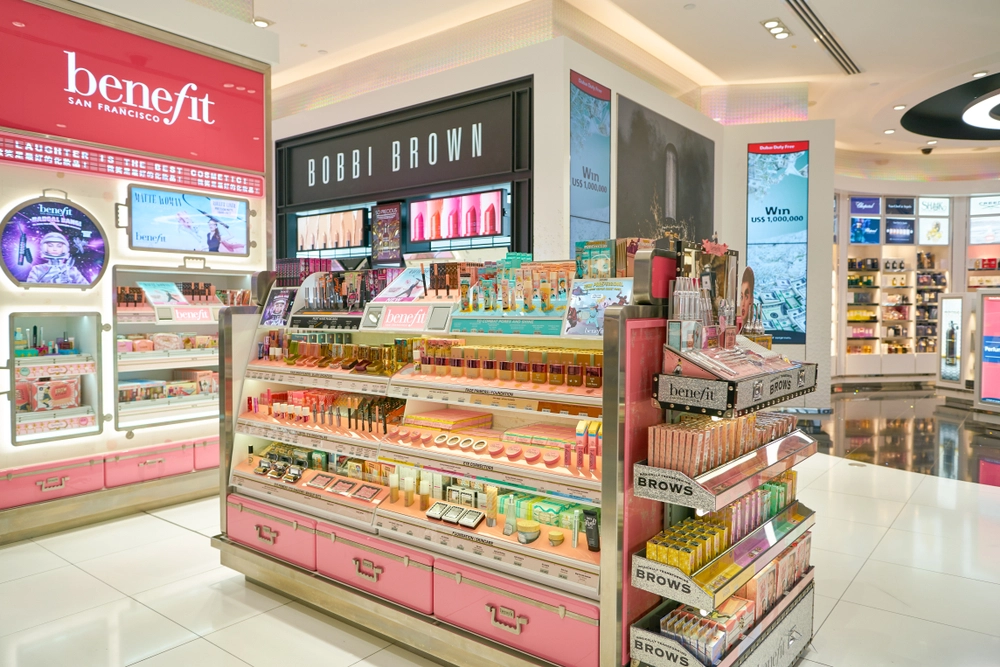POP vs. POS Displays: Which is Best for Your Business?
Effective retail merchandising calls for businesses to carefully plan product visibility and in-store messaging that suit their target shoppers’ personalities and shopping behaviors, as well as the factors that influence purchasing decisions.
This is why certain types of displays are located in strategic areas of a store. In particular, point-of-purchase (POP) and point-of-sale (POS) displays can be visually striking and serve as key components in increasing sales and brand awareness.
Selecting either a POP or POS display depends on many factors. While each retail environment is unique, having a clear understanding of their features and differences can help you better determine how to seamlessly integrate them into your store.
Learn the key differences between POP and POS displays in this article to clearly define your retail merchandising strategy.
What is a POP Display?
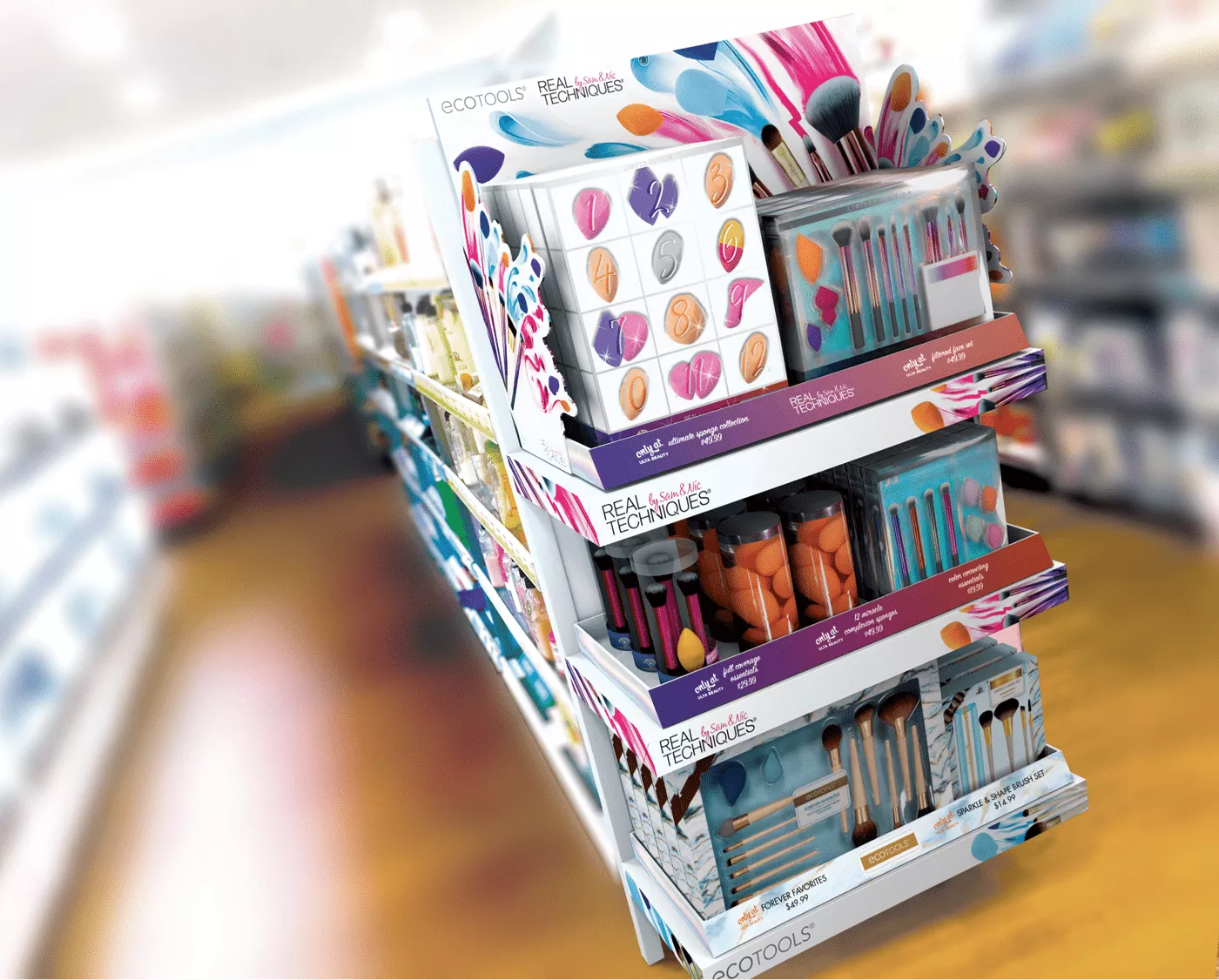
A POP display is a store fixture that aims to promote large quantities of products and encourage consumers to make a purchase. This type of fixture can come in the form of signages, shelves, shelf talkers, dump bins, end caps, and countertop pop displays.
Retail stores typically scatter POP displays in high foot traffic areas – and even on walls and windows – to catch shoppers’ attention.
In eCommerce, digital POP displays such as pop-up deals and product recommendations help draw online consumers’ attention toward the promotion or product. Today, businesses implementing an omnichannel retail strategy can largely benefit from using both physical and digital POP displays.
What is a POS Display?
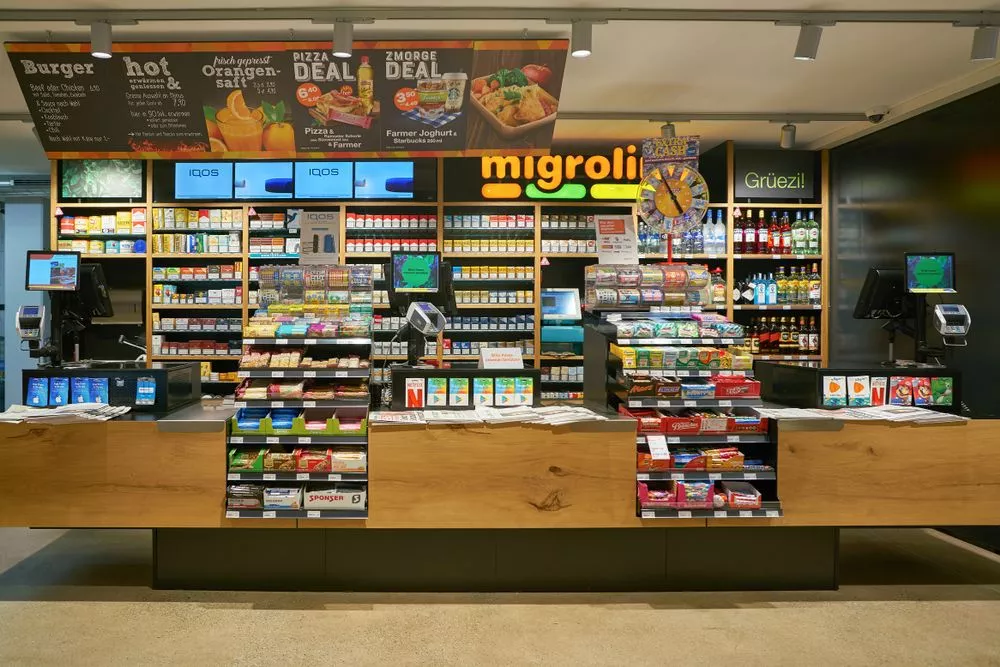
A POS display is a fixture standing near or next to the cash register where consumers finally make their purchases. This type of display can come in the form of PDQ (Pretty Darn Quick) trays, small racks, and countertops. POS displays are useful in marketing products that shoppers typically buy on impulse such as candies, batteries, magazines, toothbrushes, lip balms, and souvenirs.
Part of the benefits of putting up POS displays is that they guarantee shoppers will see certain products as they reach the cash register. This type of display is also ideal for sales promotions such as buy-one-get-one (BOGO) deals, flash sales, and percentage discounts.
POP vs. POS Displays: The Differences
| POP Displays | POS Displays | |
Location | You’ll find these displays near the merchandise they promote and in high-traffic areas such as aisles that house daily necessities. | You’ll find these displays near or next to the cash register where the exchange of goods occurs. They are ideal for provoking impulse purchases of small and cheap items. |
Design
| POP displays vary in size and weight, although most of them are large to promote bulk products. POP displays include signages, end caps, shelves, shelf talkers, dump bins, and end caps. | POS displays are typically small so they only occupy minimal space near or in the cash register. POS displays include PDQ trays, small racks, and countertops. |
Sales Strategy
| The goal is to help retailers promote and sell new and aging stocks, push different packaging options, and test new POP displays. | The use of POS displays ensures product visibility since shoppers approach the cash register before leaving the store. Products in POS displays are often “nice to have” items or impulse buys. |
| POPs are capable of displaying products in large sizes and quantities. | This type of display is ideal for promoting products with a small size and quantity. Products in POS displays are also typically cheap and come in single packaging. |
Buyer’s Journey
| Since POPs hold products that shoppers already plan to buy, they can engage customers who are in the consideration stage of the buyer’s journey. | POS displays can be effective in engaging customers at the end of the buyer’s journey. Shoppers with no intention to buy a particular product may reconsider upon encountering POS displays at checkout. |
POP vs. POP Displays: Which is Best for Your Brand?
Choosing a retail display for your business depends on the specific goals you want to achieve. Here are some factors you should consider when selecting a display type.
When to Choose POP Displays:
1. Displaying products that are large in size or quantity
If you plan to market large quantities of new arrivals or old product stocks, you may benefit from POP displays more. Use colorful and eye-catching end caps, shelf talkers, dump bins, and other forms of POP displays to attract customers.
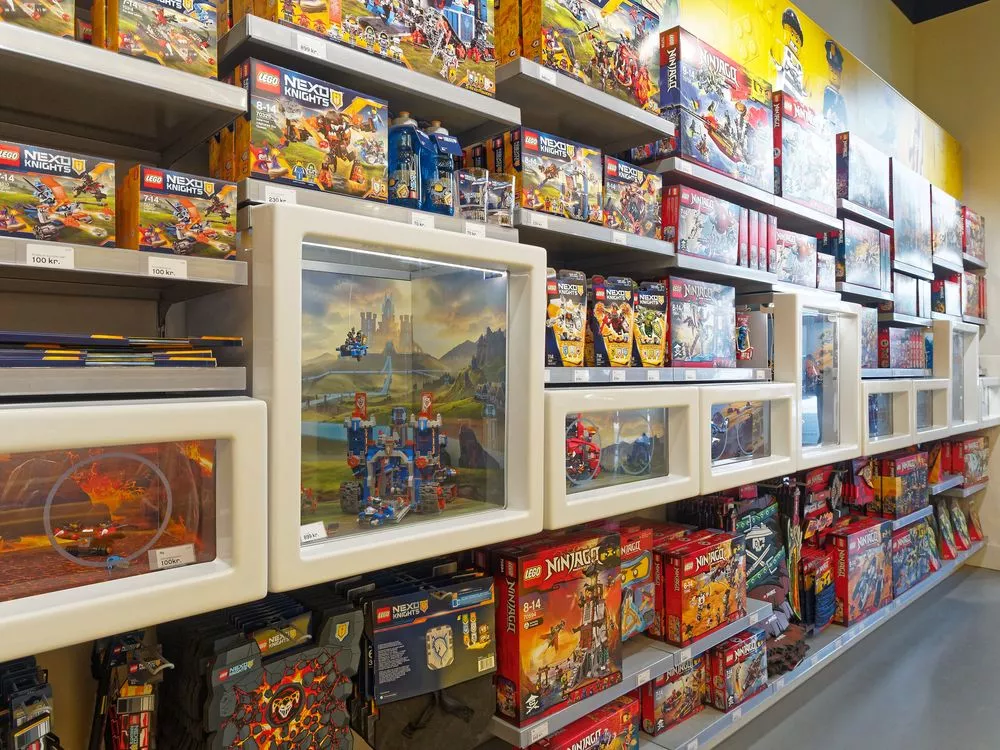
2. Raising brand awareness
POP displays are good for increasing sales and improving brand awareness and recall. Your target customers will have a good chance of remembering your brand if your displays use vibrant colors and images and mirror your other advertising materials.
3. Pushing different packaging options
Products that have unique packaging designs or come in bundles can utilize POP displays. Simply separate them from your regular products so they can stand out and attract customers who may need exactly what you offer.
4. Testing new POP displays
If you plan to launch a new POP display, you can test it in one of your stores first. The costs of POP displays vary per product quantity, which will determine how much investment you should make.
5. Promoting sales
Selling bundled or discounted individual products can be easy with POP displays as they are typically separate from regular products. This type of display encourages shoppers to check new arrivals or take advantage of low-cost items to save money.

When to Choose POS Displays:
1. Encouraging impulse purchases
POS displays are ideal for items that customers rarely pick up from regular shelves or may not initially need but would purchase when they see them.
2. Guaranteeing customer encounters
Displaying your items near or next to the cash register guarantees that shoppers will inevitably see your products before they complete their purchase. Even if they do not pick up your products, they will at least know about your brand and what you offer.
3. Displaying smaller, cheaper products
Stores typically put small items near or next to the cash register because they are easier to pick up before they finally check out. Small items such as candies and chocolate bars are also easier to consume than most food items, which is ideal for consumers on the go.
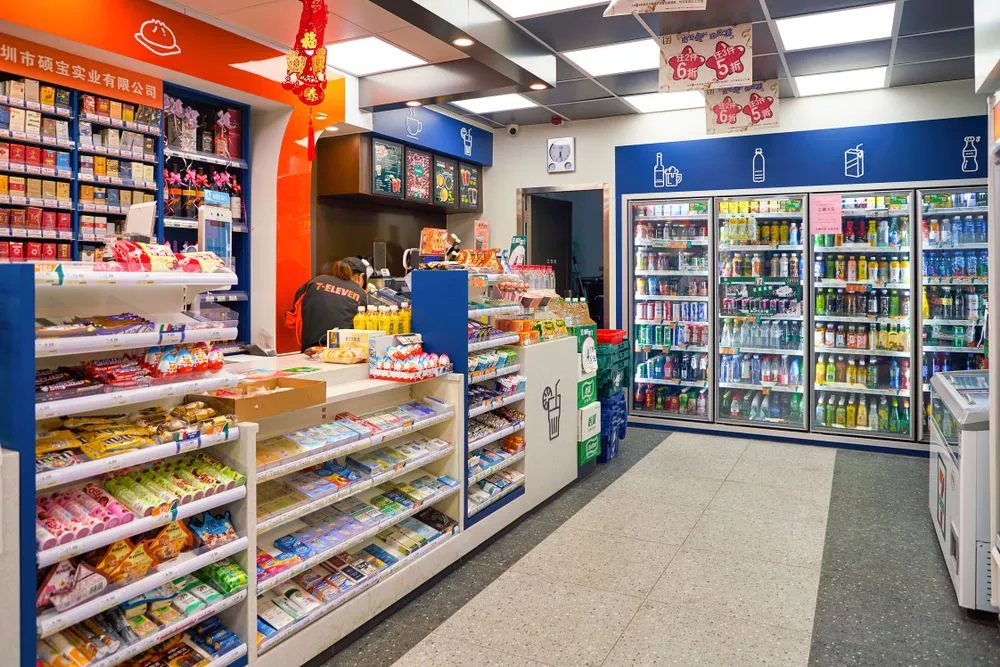
4. Running temporary promotions or sales
If you plan to run temporary promotions such as flash sales and BOGO events, using POS displays is a great way of selling discounted products fast. Customers who see them before heading to checkout counters may consider picking up your offerings on impulse.
5. Selling single-packaged products
Consumers already have the whole store to shop for bulk or bundled items, which is why you should take advantage of POS displays to sell goods that come in single product packaging.
Grow Your Business with Strategic Displays
Knowing which product display to use is key to effectively selling your products and raising your brand awareness. On top of the tips mentioned above, remember to observe how your displays affect your customers so you know when to repeat or replace them.
To learn more about what your business needs, talk to experts from Meyers who will bring retail packaging to life— including custom folding cartons and pressure sensitive labels

